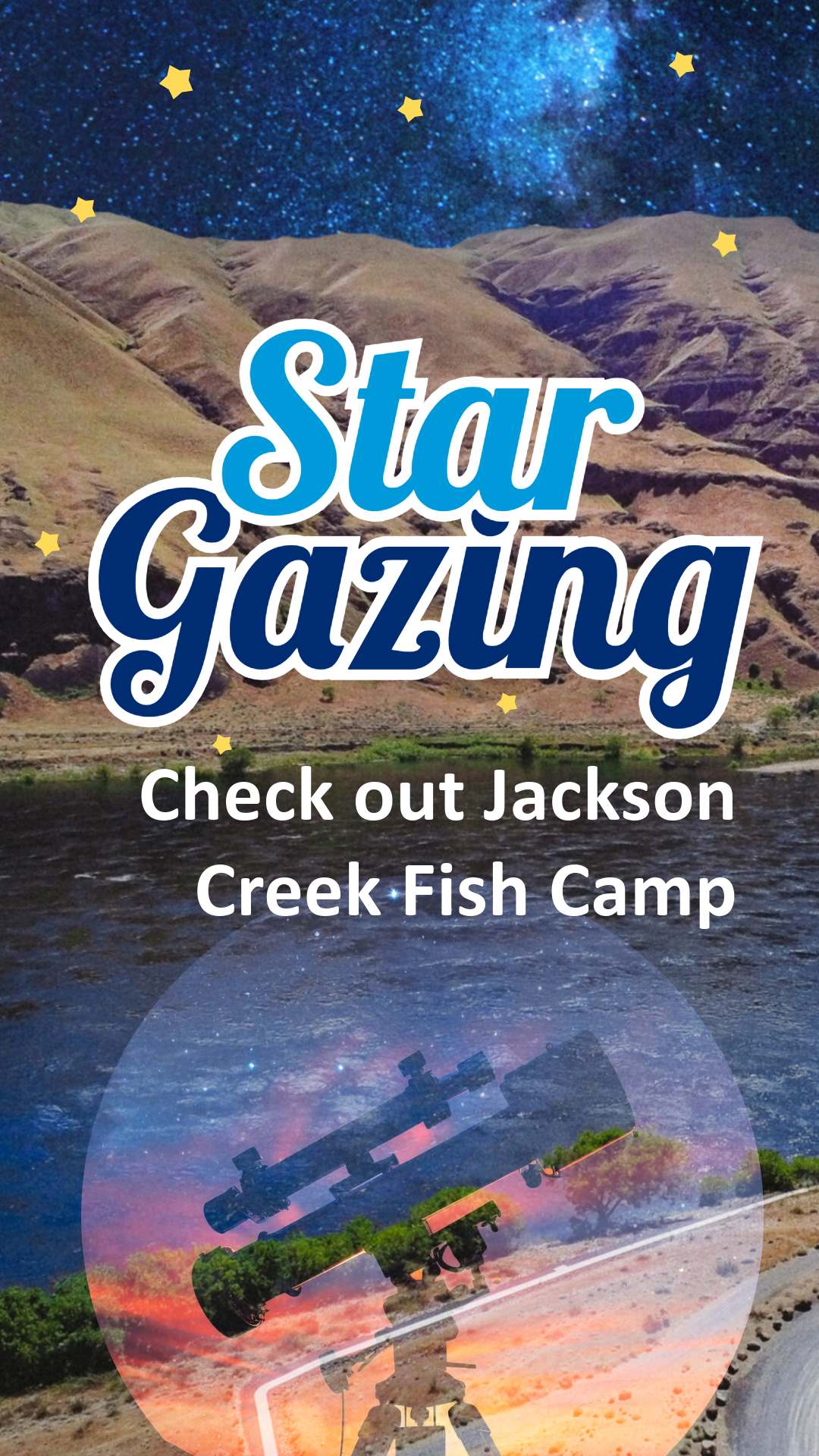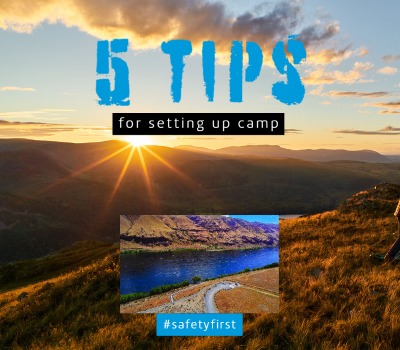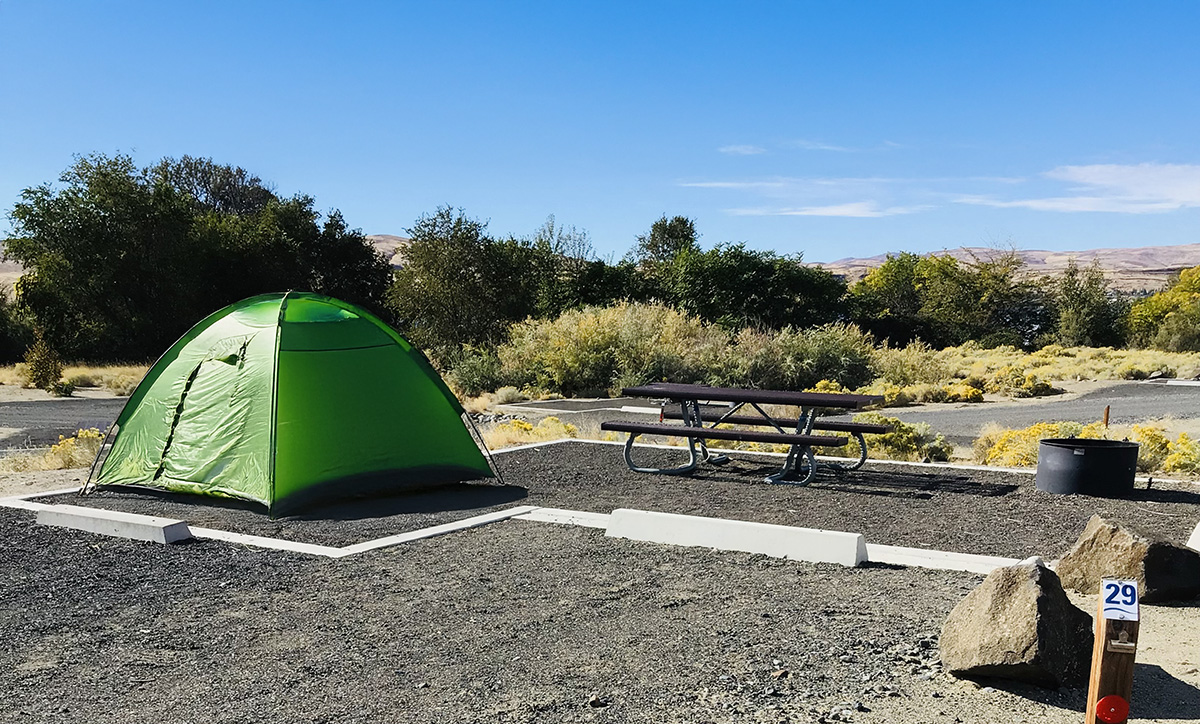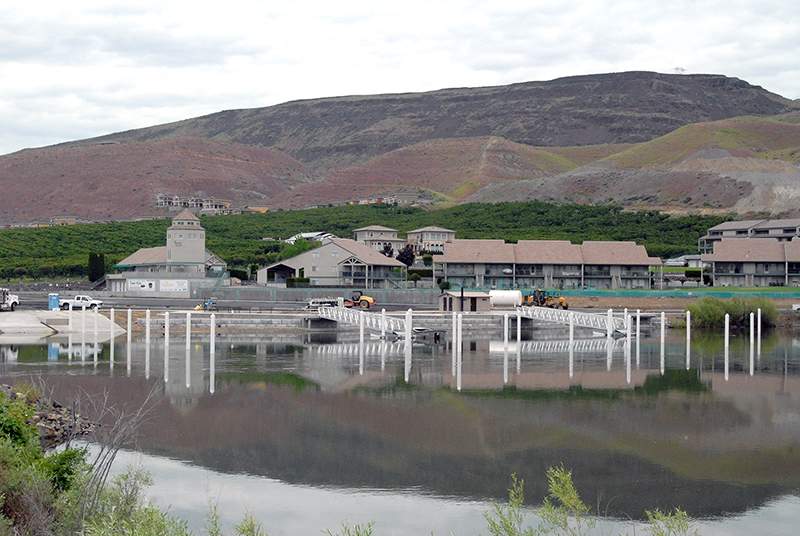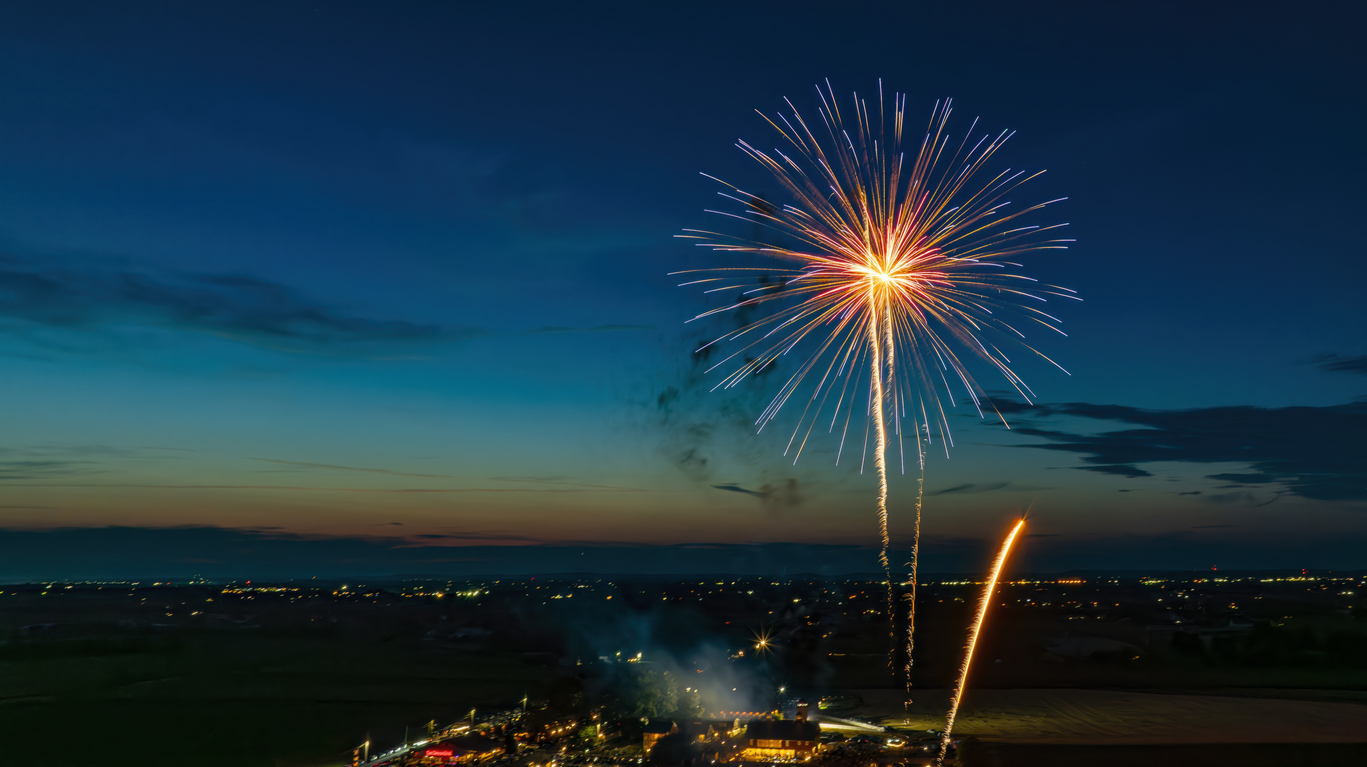Time to pull on a jacket, grab a rod and reel and/or a pair of binoculars and head to Grant PUD’s Columbia River recreation areas for fall fishing, a shoreline hike or to eavesdrop on the season’s migratory birds and even rutting activity of our region’s bighorn sheep.
Grant PUD’s rec areas have 10 boat-launch ramps around the reservoirs of Priest Rapids and Wanapum dams with ample parking and restrooms. ADA-accessible fishing or wildlife-viewing platforms are available at Huntzinger Fishing Pier and Burkett Lake. These amenities make it easy to get outdoors to enjoy our Columbia River and basin. Check the details on the 509River for full amenities at each area.
Now, here’s a look at what awaits.
Bass, walleye and fall chinook salmon can be caught from the shoreline, but you’ll have better access by boat to their preferred hang-outs – downstream of the mouth of Crab Creek and weed lines and areas with structures and boulders for protection. Also look for eddies or back currents that give the fish some respite and where food sources maybe more available, including the island areas underneath Beverly Bridge and below, but a safe distance from, Priest Rapids, Wanapum and Rock Island dams.
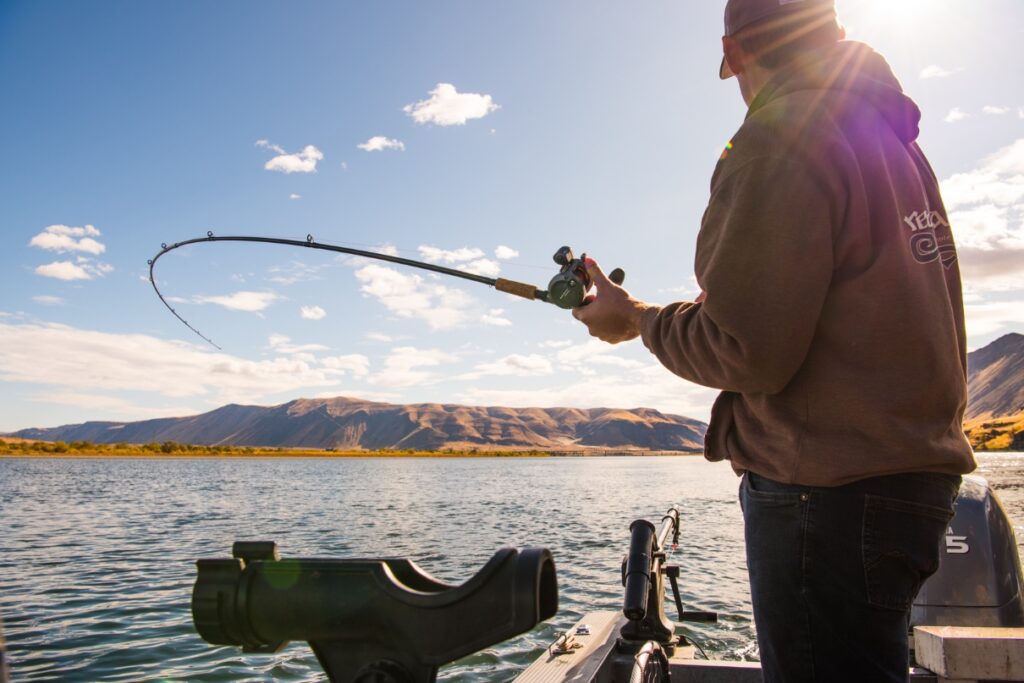
This time of year, as water temperatures decrease, our fish experts recommend trolling and using bottom walkers – dragging a nightcrawler or spinner rig in deeper waters. Fish are hungry, eager to eat as much as they can before winter.
By boat, a depth finder is a handy tool to locate choice places along the river bottom with structure, drop-offs, weed lines and weedy patches and tributary mouths where predator fish gather, waiting for food.
For salmon, a variety of gear can be used depending on your fishing spot. Flashers with some kind of bait, plugs, flatfish (with a herring wrap) or spin-n-glows with eggs work well. The key thing to remember is to be flexible and adaptable to river changes, time of day and weather conditions. Best fishing is between September and mid-October. It’s possible to hook salmon in the 8-12-pound range or even up to 20-25 pounds with a little luck.
Remember to check the Washington State Sport fishing rules before you go out and hit the water to ensure no special rules or closures are in place. Also, be sure to wear a life jacket at all times, the cold Columbia can turn deadly fast if you fall in.
Fall and winter birding yields impressive views of waterfowl, both resident and migratory, as well as eagles and other raptors. Crescent Bar offers an interesting variety of habitats, as do Grant PUD rec areas farther south and, even farther south to Vernita Bridge, near the Tri Cities.
Spot giant “rafts” of migrant snow geese on the Columbia River and other area bodies of water. These striking birds make a rest stop here from their summer breeding grounds as far away as Russia. They’re headed to California or Mexico for the winter. Along the shorelines, train your binoculars along the trees and brush for Saw-Whet and Long-Eared owls, nuthatches and chickadees. Click to watch a flock of migrant snow geese.

Migratory and resident eagles – both bald and golden – often prefer to winter in the Columbia Basin rather than the harsher climate of Alaska. The colder months are a good time to spot them before they head home to the frozen north.

Bighorn sheep breed, or “rut,” from October through January. If you’re near the river and hear a distant, dull “Crack!” echoing over the water, it could be two bighorn males engaged in head-to-head combat. They square off and run toward each other at speeds of up to 20 mph, ramming their horned heads together repeatedly to compete for breeding rights.

Sightings from Grant PUD properties happen most often at the Rocky Coulee Recreation Area and the western shoreline of the Wanapum Dam reservoir. The boat launch at Vantage affords the best water access for shoreline viewing. You’ll likely see the herd before you see the rutting males. Keep binoculars handy.
Washington’s bighorns are of the Rocky Mountain subspecies (Ovis canadensis). Horn size is a symbol of dominance among males, who can weigh 250 pounds or more. Horns don’t reach a full curl in shape until males are 7-to-8 years old. Females have smaller, 9-to-12-inch horns with a slight, backward curve.
Seeing this wildlife in its natural element is a thrill that can’t be matched by watching a video or on TV. Sightings aren’t guaranteed, but that makes every random glimpse even more exhilarating. Stay alert, pocket the headphones, put the cell phone on vibe and get out there. Enjoy and be safe!
Special thanks to Grant PUD’s manager of Fish, Wildlife and Water Quality (and avid angler) Tom Dresser, our resident birding expert and senior business systems analyst Lisa Hansen, and the State Department of Fish and Wildlife website for their tips and information.


